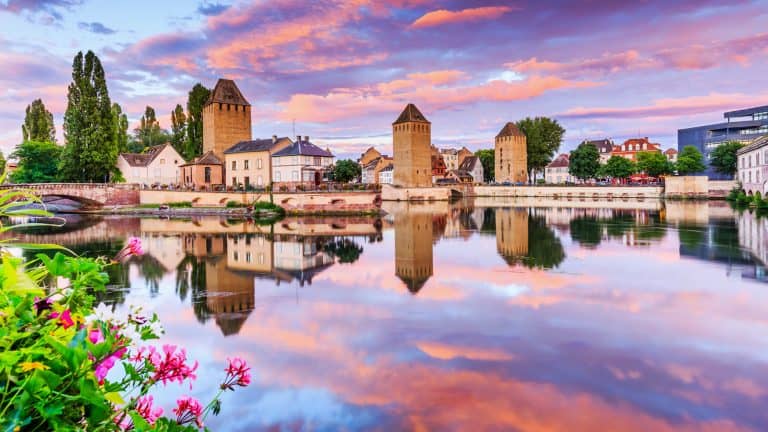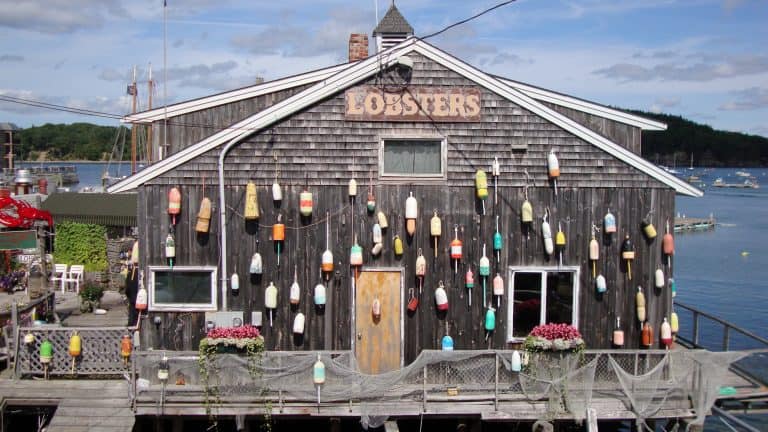Found By Accident contains affiliate links and is a member of the Amazon Services LLC Associates Program. If you make a purchase using one of the Amazon links (or other affiliate links), we may receive compensation at no extra cost to you. See our disclosure policy for more information.
11 Offbeat Rome Secrets That Only Repeat Visitors Figure Out
Rome – a city dripping in history, grandeur, and enough pasta to feed a small army. You’ve wandered the Colosseum, thrown your coins into the Trevi Fountain, and wrangled your way through Vatican crowds like a gladiator in a 21st-century tourist arena.
But what happens when those postcard-perfect landmarks start to blur? Is Rome just a museum with a carb problem, or does it have layers you haven’t peeled away yet? Turns out, it does.
The kind of layers that make you say, “Wait, why didn’t I see this the first time?” Think unique curiosities, hidden spots, and the type of local quirks that guidebooks can’t handle.
Got your own secret Roman favorite? Don’t keep it to yourself… comment on it and help unravel even more of this eternal city’s mischief!
The Water Is Drinkable (And Delicious)
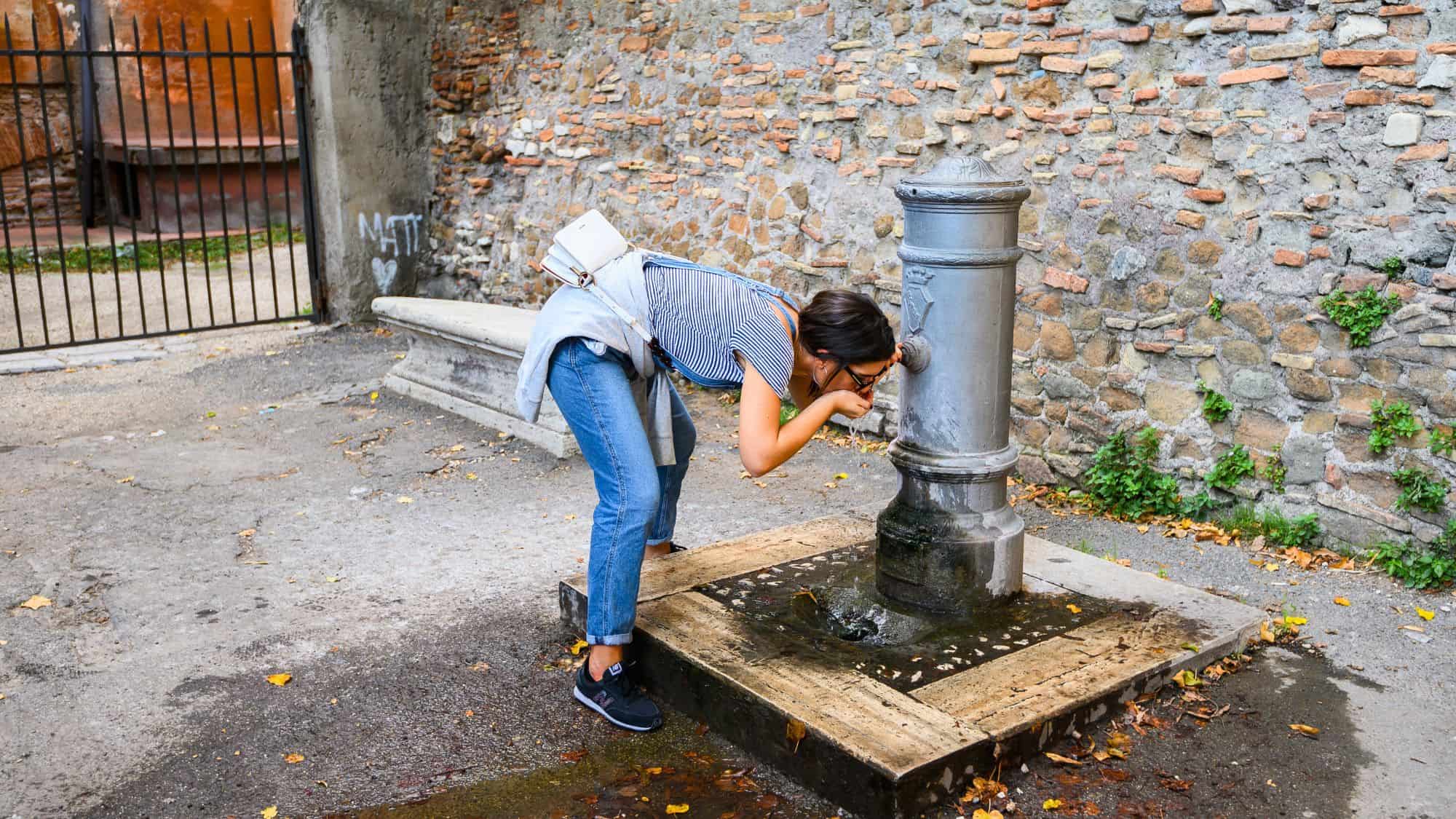
Thirsty in Rome? Don’t fret; just find one of the over 1,500 nasoni, those little public fountains that look like metal snouts (hence the name). And these aren’t just any water sources – they’re basically mountain springs disguised as urban street art.
The water is ice-cold, crisp, and absolutely free. Some locals swear it tastes better than bottled, but really, who’s buying water when this liquid gold is everywhere? Want to know a secret? Plug the bottom spout with your hand, and voila, instant drinking fountain.
The City Has A Pyramid
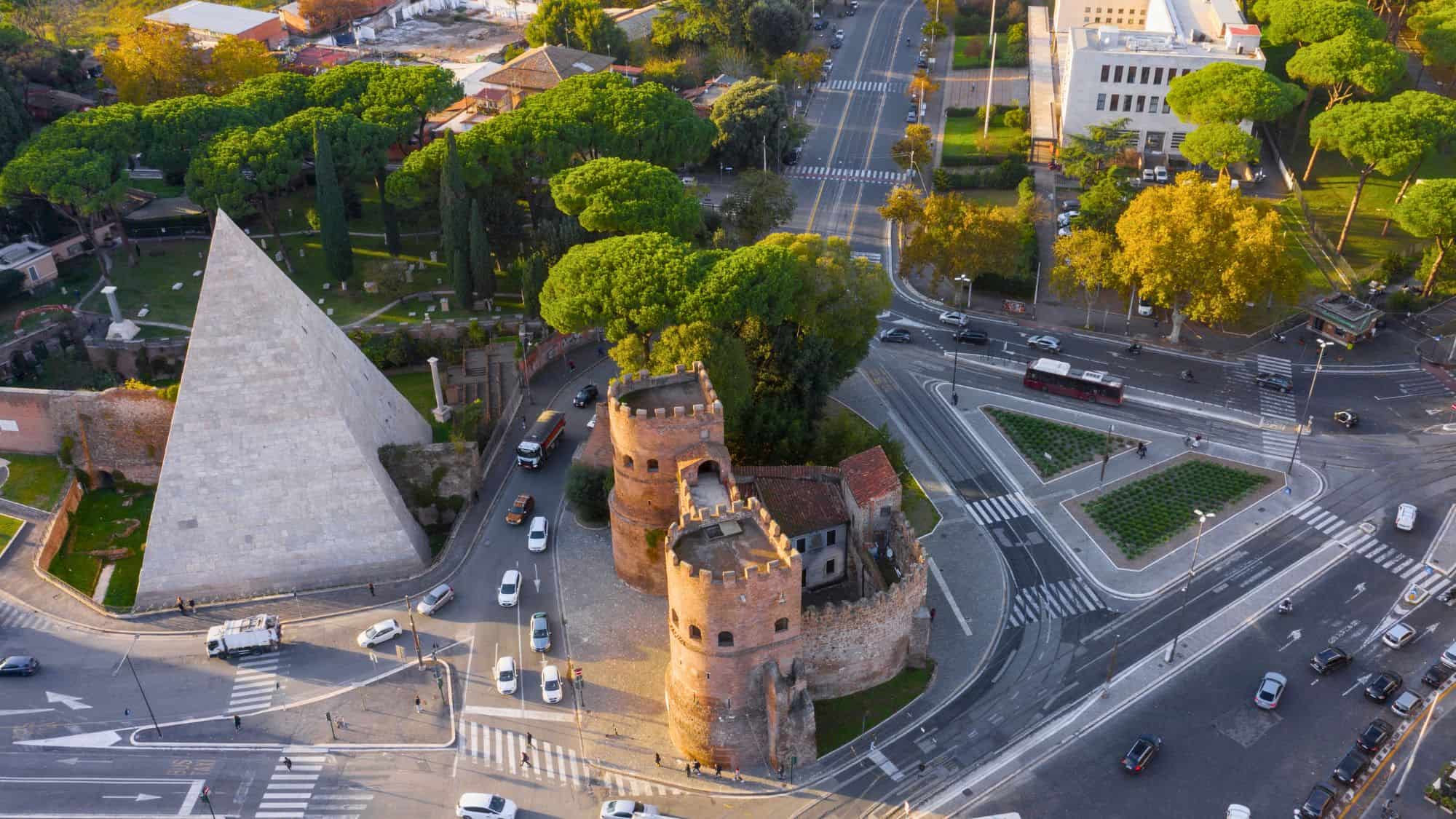
Ancient Rome and… Egypt? Yep, the Pyramid of Cestius proves that even back in 12 BC, people were into exotic architectural trends. This perfectly intact pyramid (we’re talking 120 feet of limestone-marble hybrid glory) was built as a tomb for one Gaius Cestius. He was apparently a guy with hefty wealth and an “I want to stand out for eternity” complex.
Located near Piazzale Ostiense, it’s a bizarre yet fascinating slice of ancient history plopped right into the city fabric. Forget the Coliseum; this pyramid says, “I’m timeless, but make it edgy.”
Romans Rarely Drink Cappuccino After 11 AM
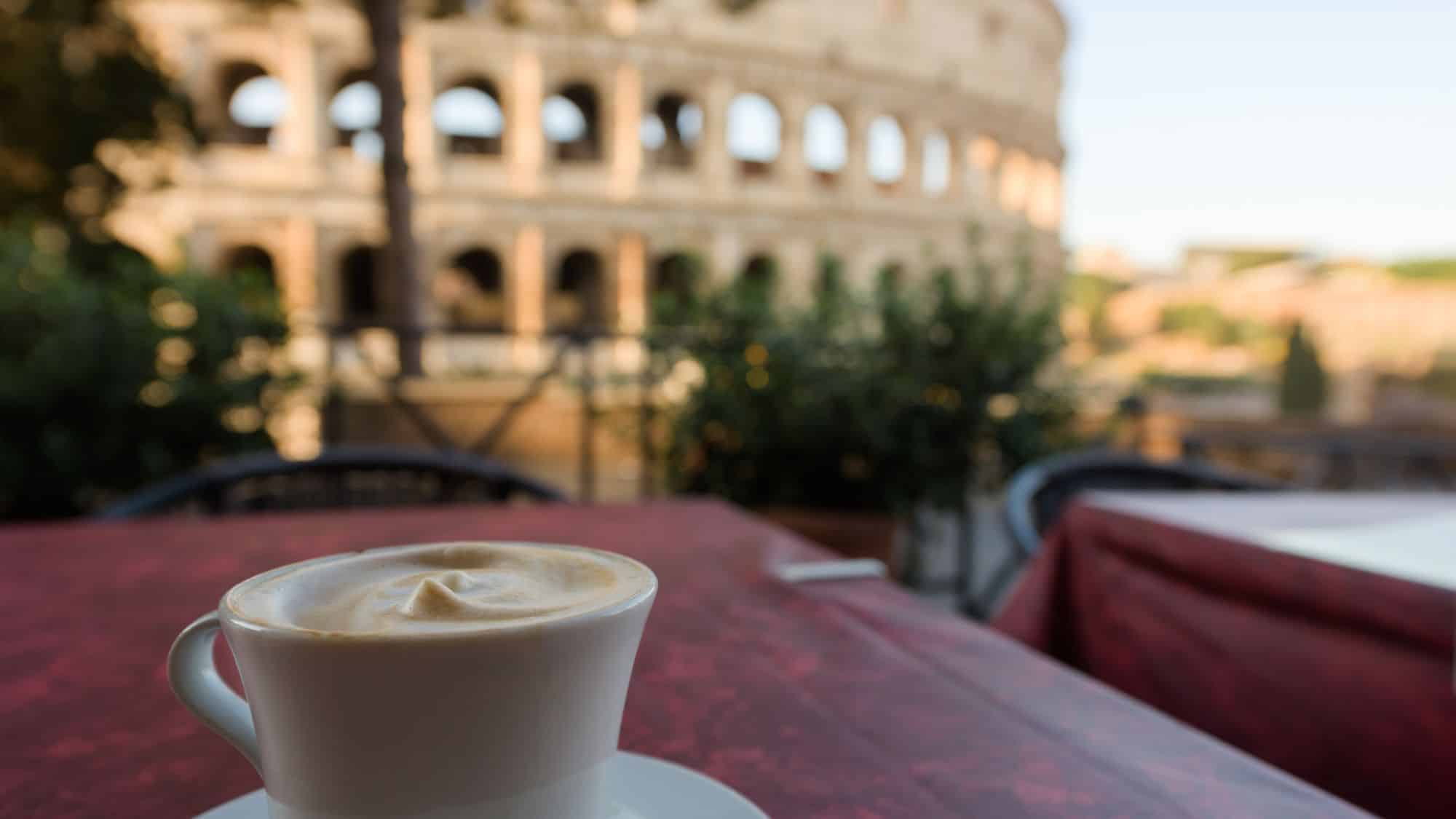
Any cappuccino after 11 AM is practically blasphemy (it’s like wearing pajamas to a wedding if we want a comparison). Locals stick to espresso when the clock strikes noon because milk disrupts digestion. Or so they say. Either way, keep your cappuccino cravings on a tight schedule unless you’re keen to be the puzzled foreigner.
Thinking of ordering a post-lunch cappuccino? Go ahead… if you enjoy public demonstrations of confusion. To Romans, cappuccino is for breakfast, preferably paired with a sugary cornetto (basically a croissant pretending it’s Italian).
There Are Still Working Aqueducts From Ancient Rome
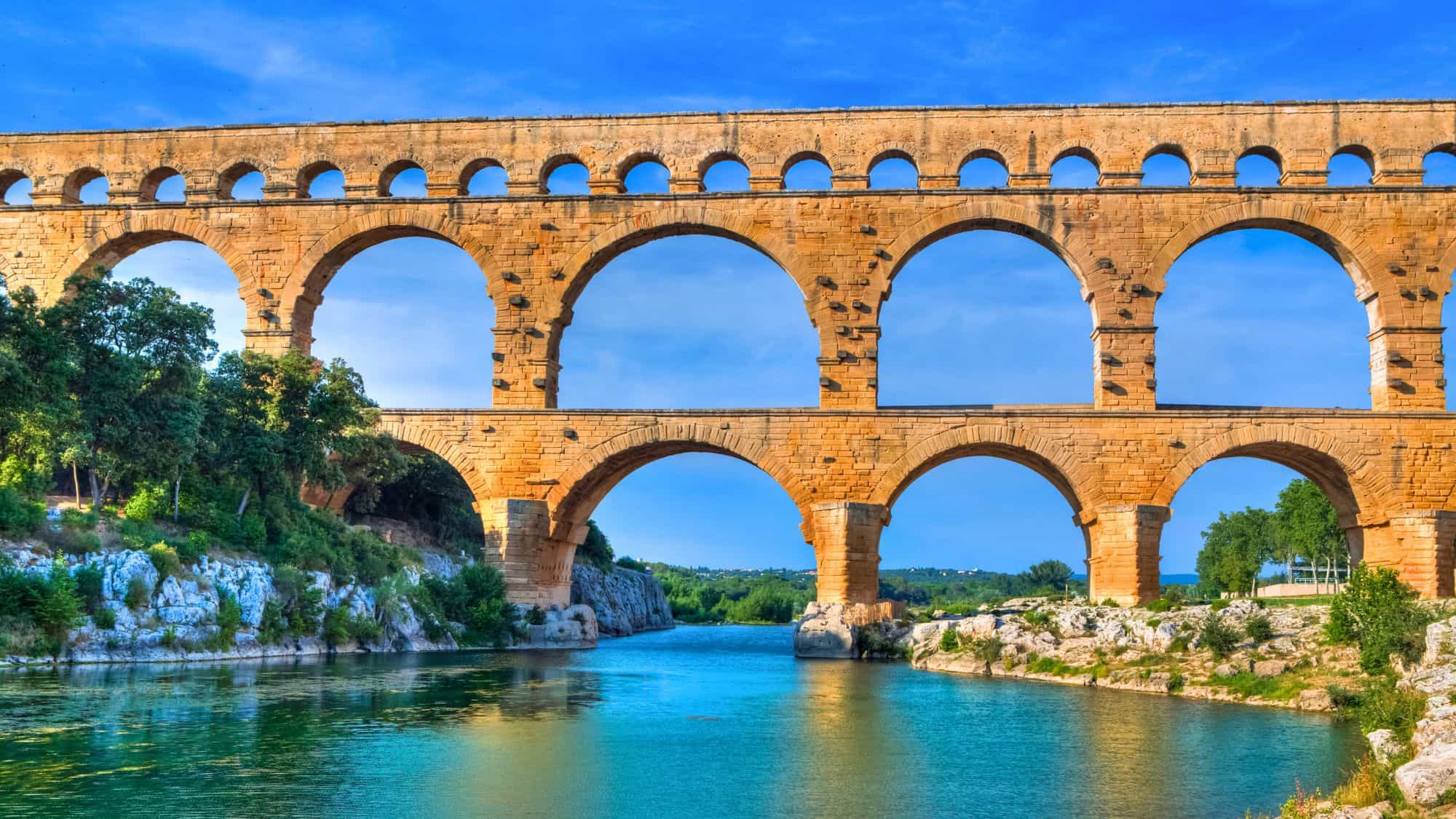
Here’s a plot twist for you – Rome’s water supply still partly flows through aqueducts built more than 2,000 years ago. Yeah, those ancient engineering marvels that most empires would toss in a museum? Romans casually repurposed them to keep the faucets running.
The Aqua Virgo, for instance, fuels fountains like the Trevi, turning your coin toss into a drink-relevant affair. ” And if this doesn’t make you marvel at ancient ingenuity while side-eyeing modern infrastructure failures, what does?
Cats Are Protected By Law
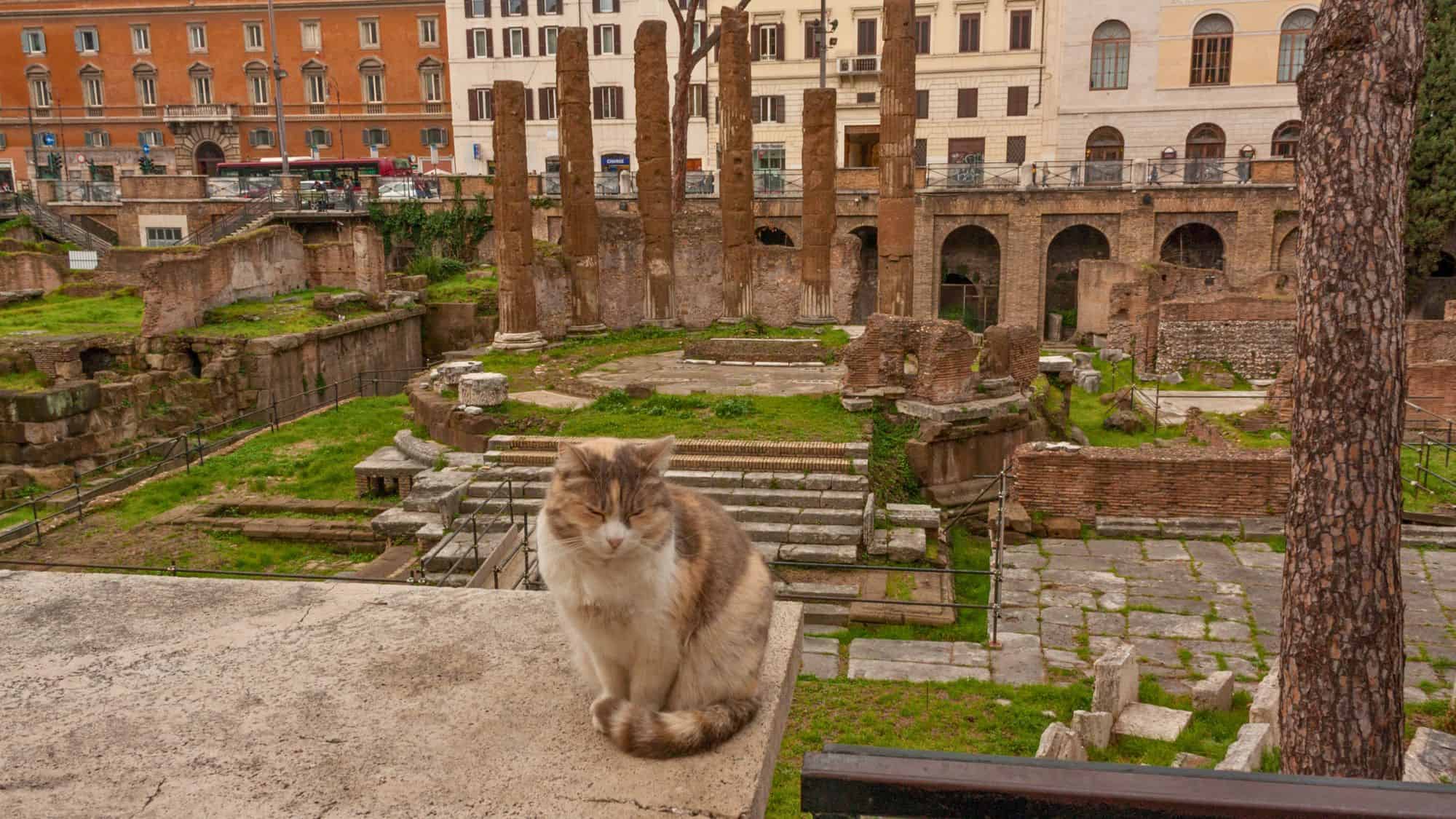
Rome’s got its priorities straight – stray cats are practically royalty. Largo di Torre Argentina isn’t just home to Julius Caesar’s assassination site; it’s also a feline mecca where hundreds of cats live alongside the ruins, under the law’s protection.
You’ll find them lounging like emperors, because why would they live anywhere else? Some locals even lovingly call them the city’s furry, purring guardians of history. They’re proof that the Romans don’t just preserve ruins, they protect anything and everything with charisma. Cats included. Honestly, who’s ruling whom here?
You’ll See More Ruins Than You Expect
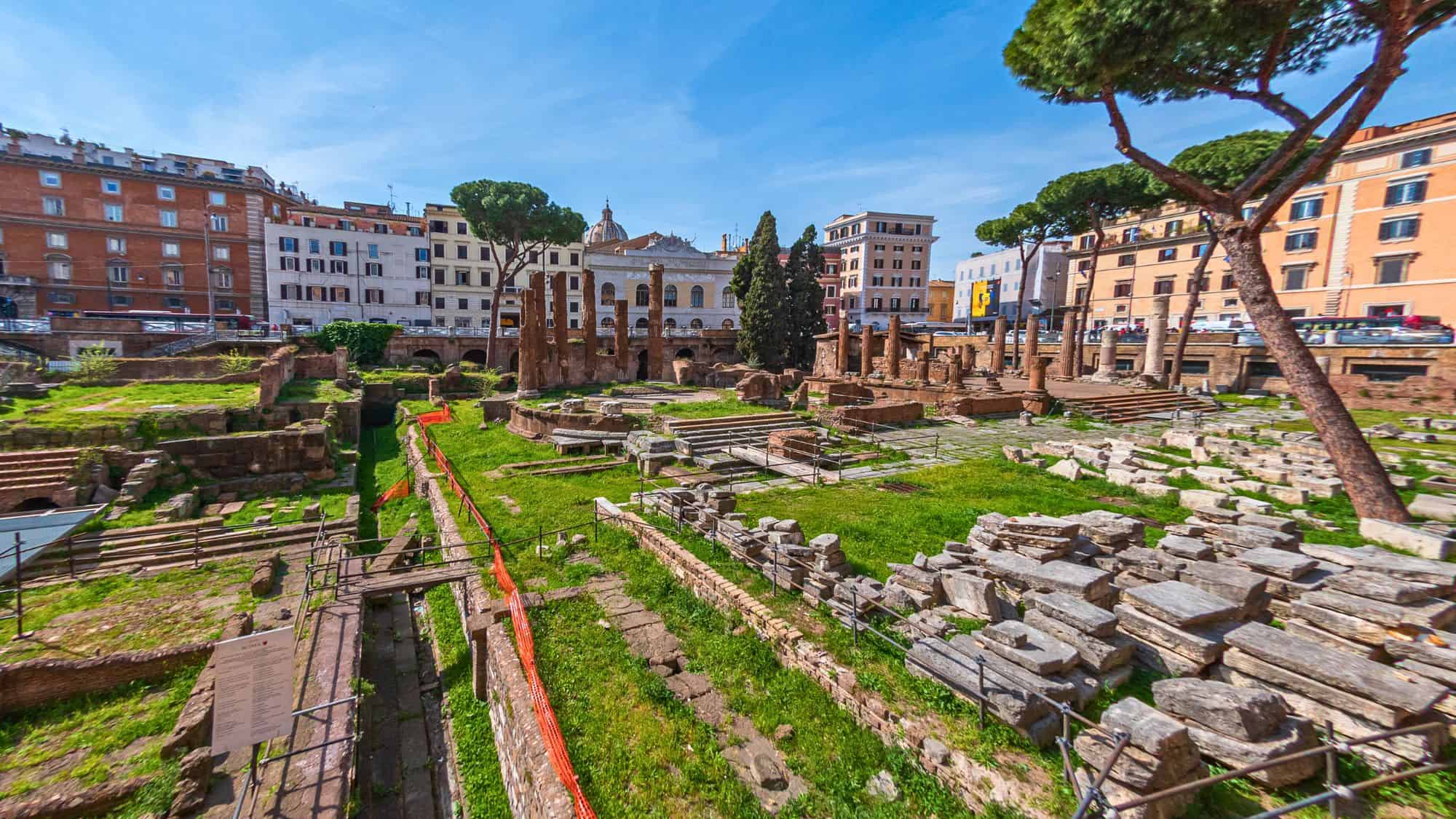
Think ruins are limited to the Roman Forum and Colosseum? Beginner’s mistake. The city sneaks ancient remnants into pretty much every nook and cranny. Ruins flaunt themselves in the middle of traffic chaos (hello, Largo di Torre Argentina), hide beneath unsuspecting churches, and even infiltrate restaurants where you dine among millennia-old stones.
It’s an archaeological scavenger hunt where history shouts, “Surprise!” every few steps. Tired of old columns yet? Too bad – they’re everywhere, unapologetically reminding modernity who’s boss.
Romans Talk To Their “Talking Statues”
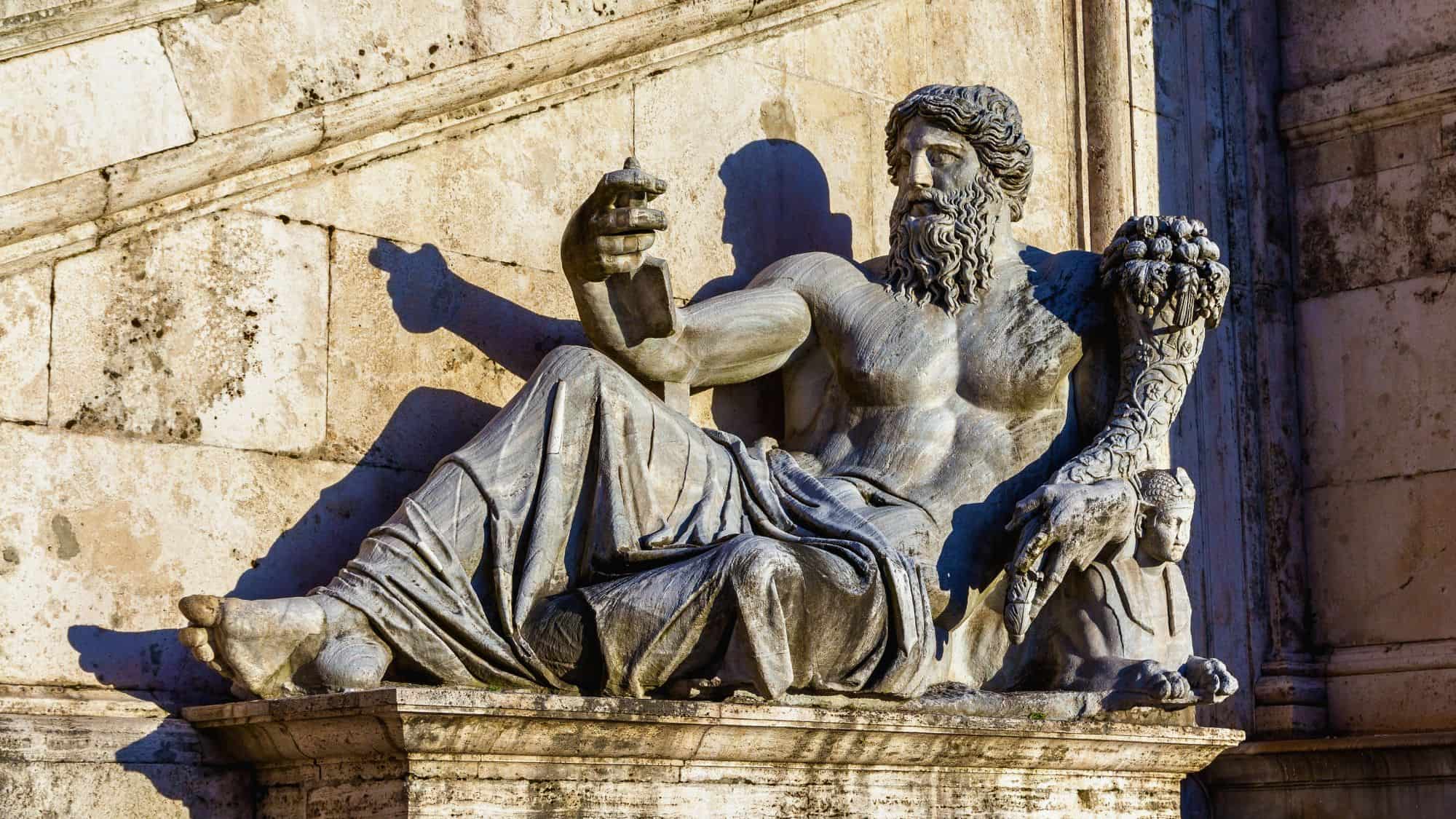
Have a complaint, but no one to direct it to? Ancient Romans had you covered with “talking statues,” the original social media… only with stone and wit instead of hashtags. Pasquino, the most famous of these outspoken hunks of marble, has been airing grievances since the 16th century.
Located near Piazza Navona, it started as an anonymous joke board where locals would post satirical verses, throwing shade at the powerful. Think of it as pre-modern graffiti with flair… or passive-aggressive Post-it notes for tyrants. Pasquino still gathers notes today, reminding us that sarcasm ages like fine wine.
Gelato Shops Vary Wildly In Quality
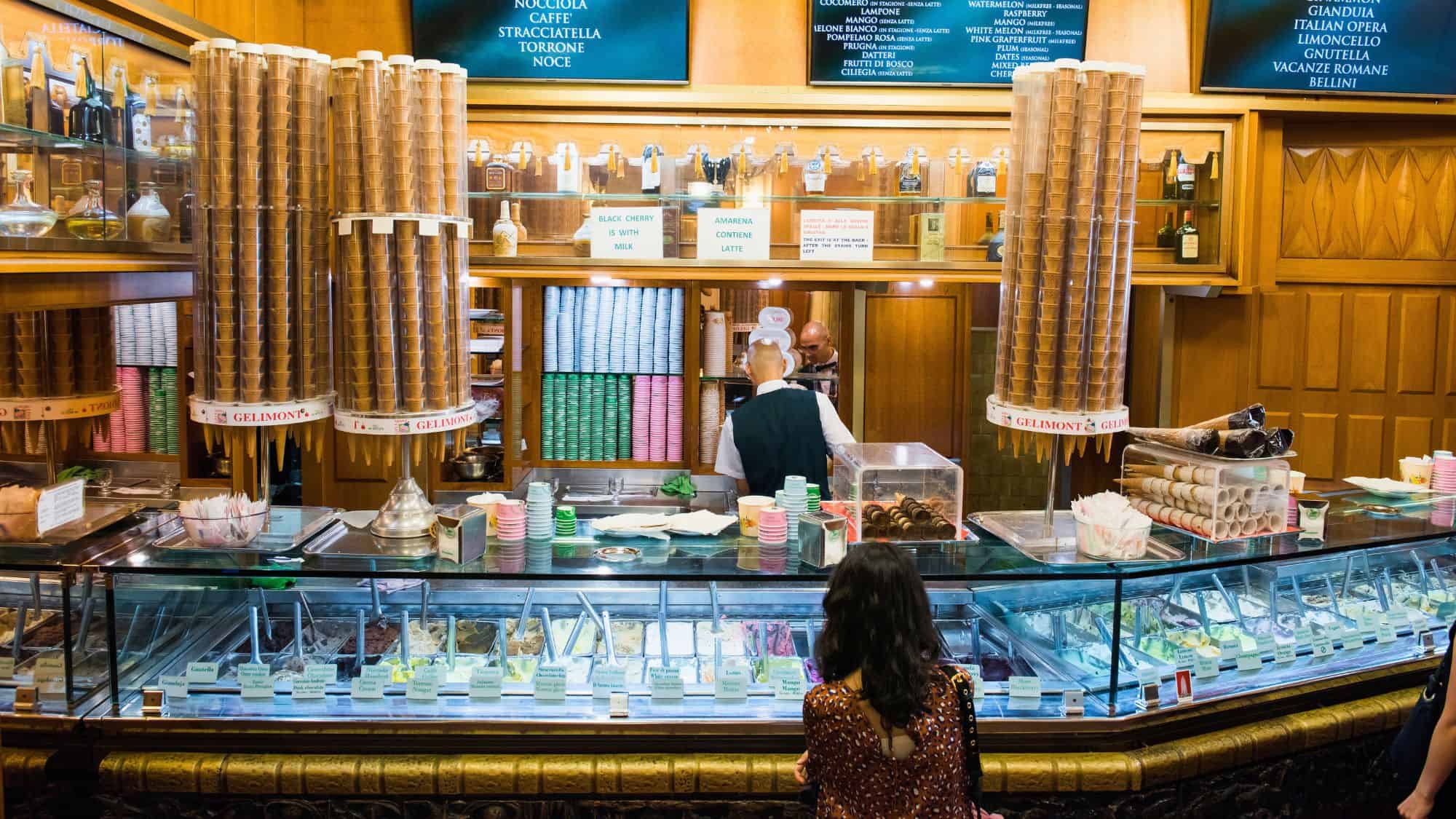
Gelato in Rome is like dating; you want authentic, not flashy. Bright neon colors scream artificial flavors, while muted, natural tones whisper delicious authenticity. True craftsmen store their gelato in covered steel containers, avoiding the attention-seeking mountains you spot at tourist traps.
Visit San Crispino near the Trevi Fountain, a tiny utopia where the gelato is so pure it makes you wonder if you have ever had true desert in your life. The flavors? Nutty, silky, and occasionally so good you might need a moment. Dessert shouldn’t just be sweet; it should feel like an unrushed conversation with your taste buds.
The Keyhole View Is Not A Tourist Trap
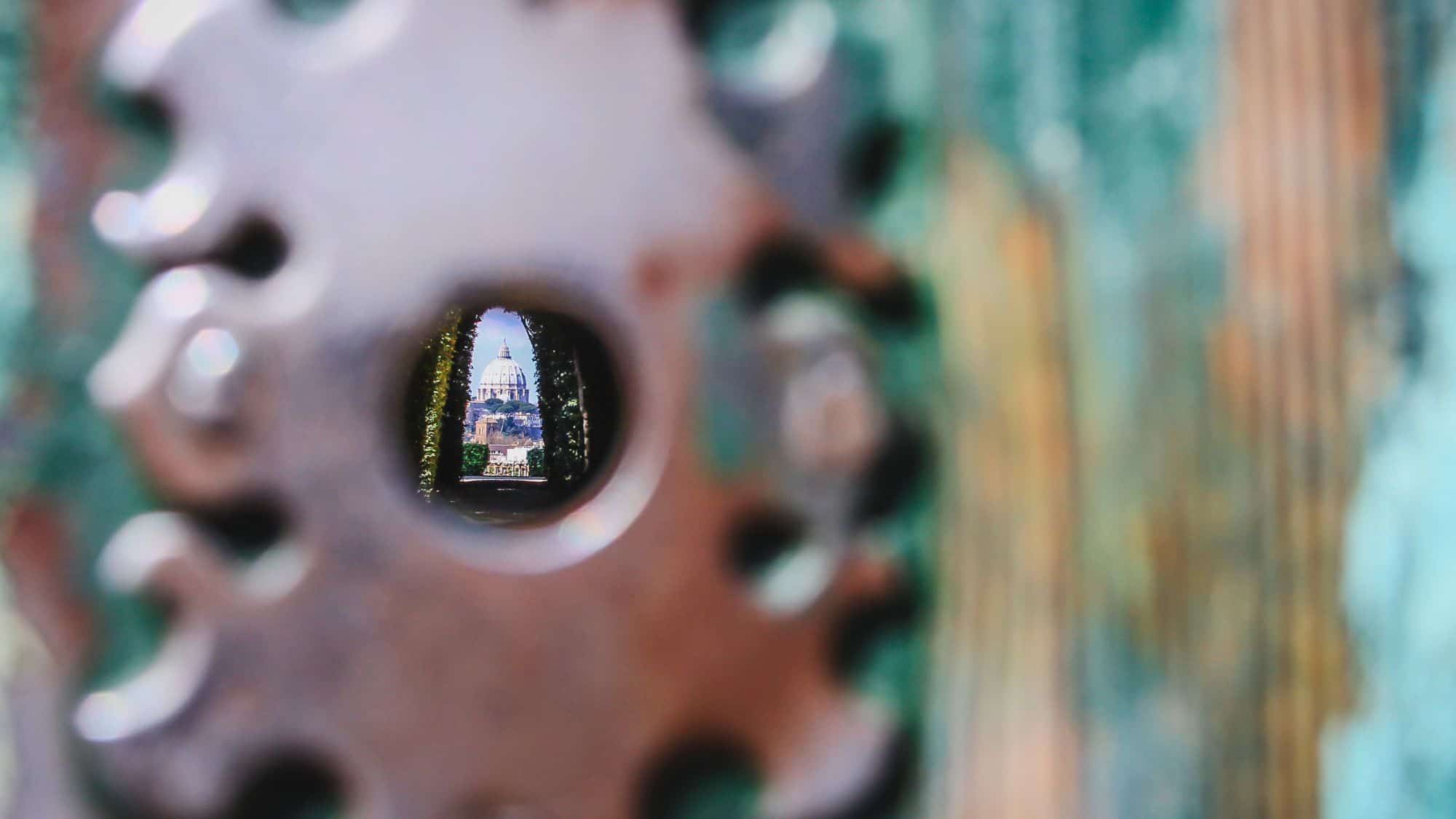
Peering through the Aventine Keyhole is like finding a secret no one told you about, but everyone silently agreed you needed. Framed perfectly, you get this surreal alignment of leafy gardens, a stone path, and straight through the center, St. Peter’s Basilica resting like a crown jewel.
It’s also free, making it even more magical. Set on the Aventine Hill, this tiny architectural whim feels like a reward for climbing Rome’s history-stuffed streets. The view? A storybook page turned real… except without a Disney logo slapped on it.
Romans Eat Late… And Spend A Long Time Doing It
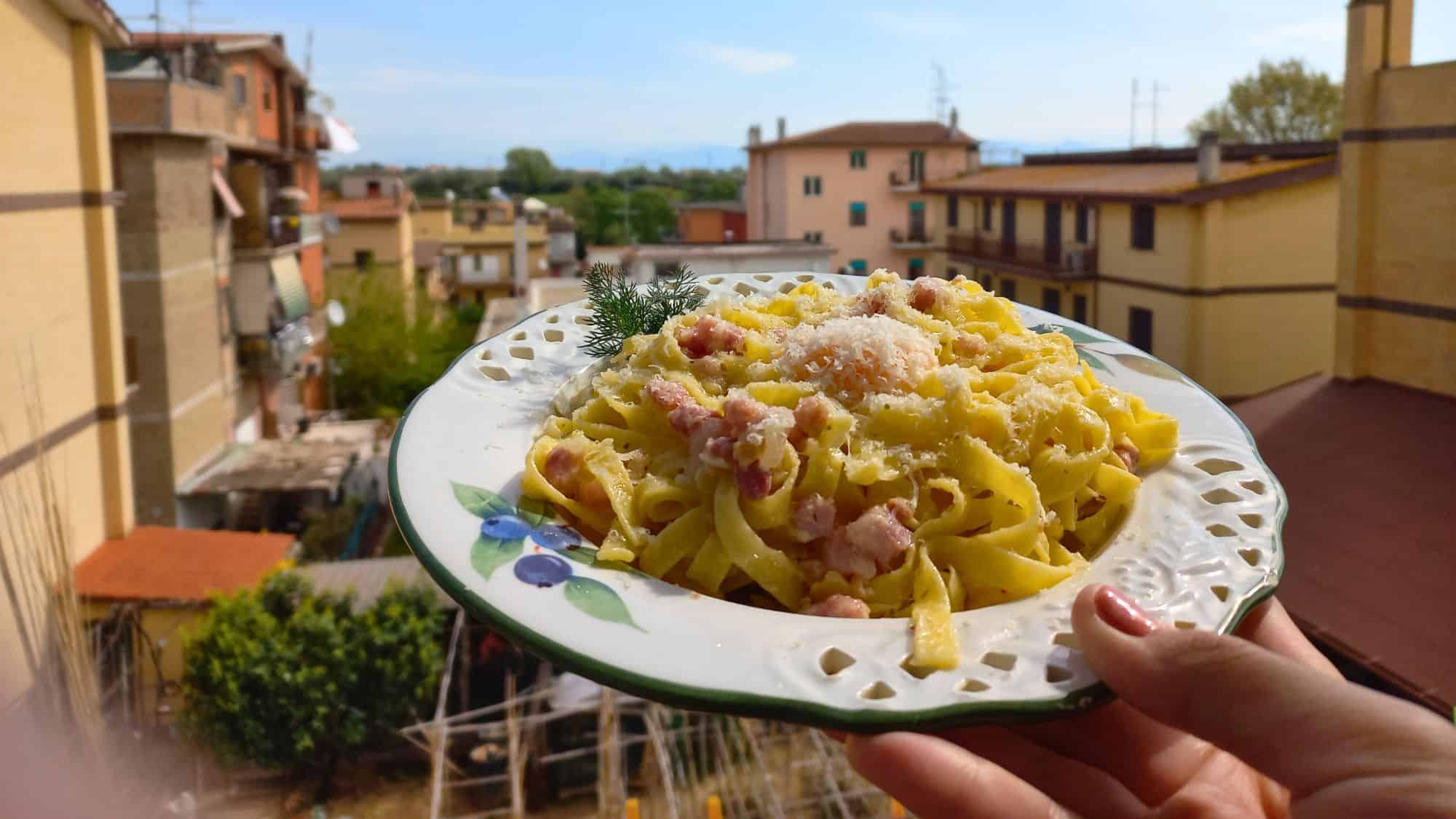
Thinking of grabbing dinner at 6 PM? Adorable. Romans eat when the city glows, not when it’s still halfway through digesting lunch. Dinner doesn’t officially kick off until 8 PM and often stretches into a marathon of courses – antipasti, primi, secondi, and so on.
Restaurants like Trattoria Pennestri in Testaccio will wine and dine you until you can’t tell if you’re feeling sophisticated or just full to the brim with carbonara. They say time slows in Rome, and nowhere is that more true than at the dinner table. Because eating here is less a meal and more a ritual.
Traffic Lights Are More Of A Suggestion
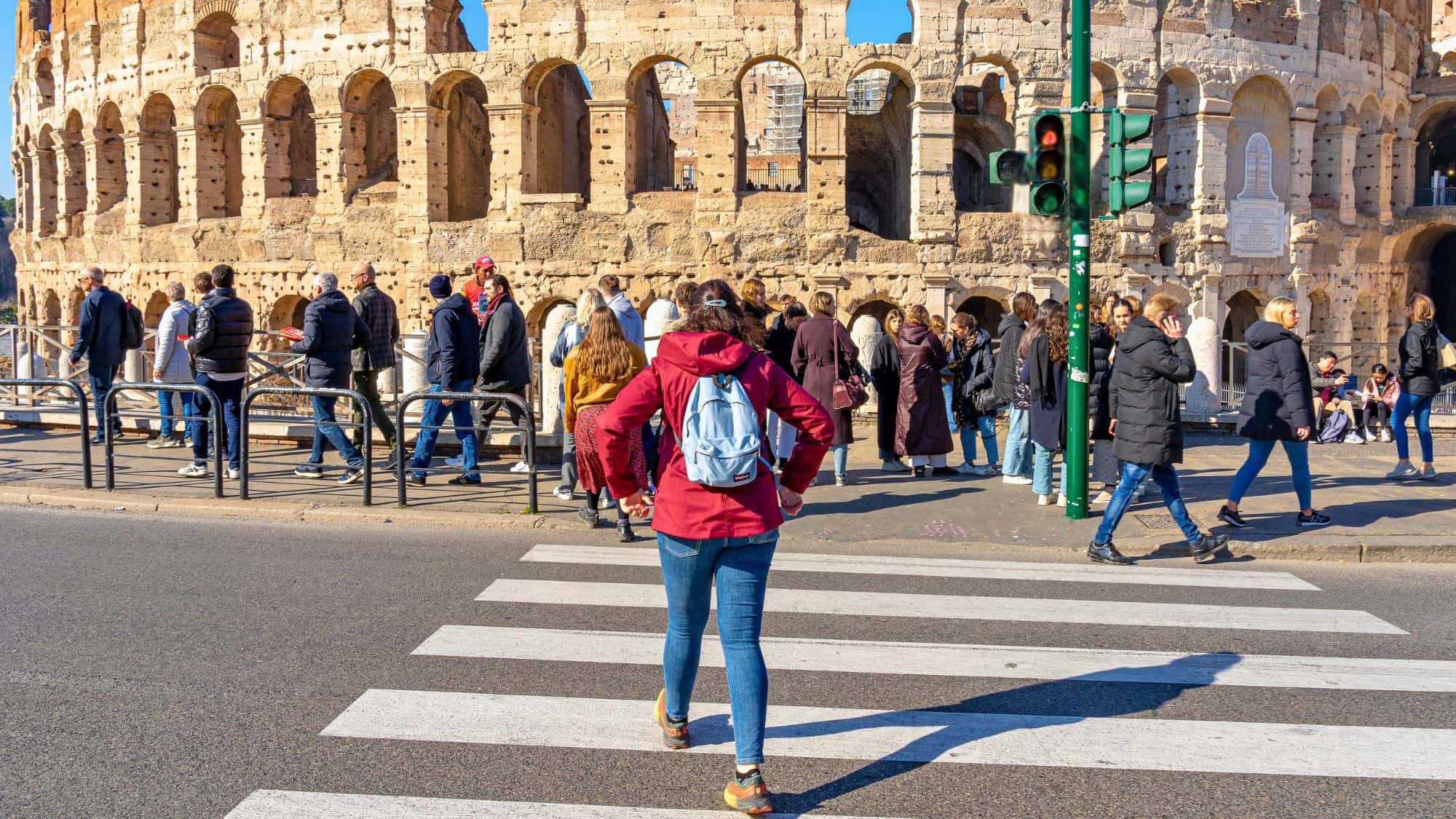
The traffic in the city is part symphony, part chaos theory, with traffic lights that feel more decorative than practical. Crosswalks, although painted lovingly on asphalt, operate less as a rule and more as a test of your courage.
Most locals don’t wait for a green light – they wait for a gap, maintain icy eye contact with oncoming drivers, and stride across as though daring anyone to ruin their day. It’s terrifyingly beautiful. Don’t want to play Frogger? Consider standing near an experienced nonna… it’s like following a seasoned battlefield general into the fray of honking scooters and Fiats.
Like Our Content? Follow Us On MSN (or click the Follow Button above) to see more from Traveling In Focus.

